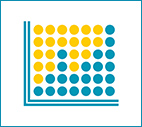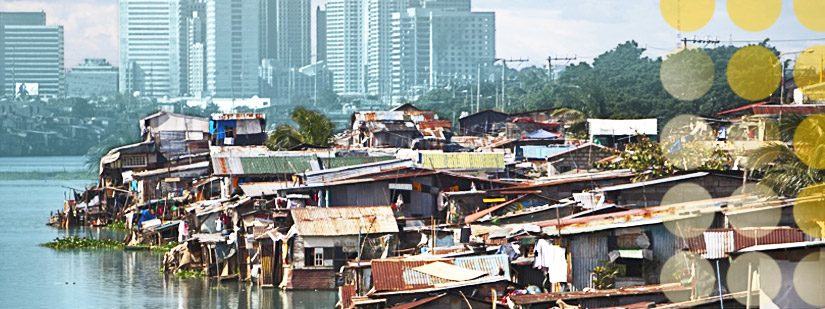Wealth inequality is everywhere, and at record-high levels.
Conservative politicians and economists sometimes claim that rich people have earned their wealth through their exceptional talents and/or hard work, and that poor people are poor because their skills aren’t as valuable or they don’t work hard.
But is that true?
We are three physicists who want to tell you about a model from the field of econophysics, which gives some insight into why some people are much richer than others. By using this model you can set up your own economic system on your computer, phone, or tablet, ask it to run for a few or many transactions, and then see what happens.
The model is based on four very simple rules:
1. All people (or, in model-speak, “agents”) start with equal wealth.
2. For each transaction, choose two agents at random.
3. Calculate a percentage of the poorer agent’s wealth. This percentage will be the amount exchanged. (If they have the same wealth, it doesn’t matter which you choose. This will be the amount exchanged.)
4. Randomly choose which of the two agents will receive the exchanged wealth and which will lose it.
You might not think that such simple rules would rapidly lead to a huge wealth inequality but they do. And note that the model says nothing about one agent being more or less skilled or harder working than any other. Randomness alone achieves this result. The key is that the amount exchanged is a percentage of the poorer person’s wealth. Thus, we see that, in an unregulated economy, once you become poor relative to others there’s a strong likelihood that your poverty will only increase.
Then we tried correcting the inequality with various taxation strategies, and found some very interesting results there, too.
We present our findings on this website, where you’ll find:
a) Our discussion, in 10 short sections, each listed on the menu on the left (or on top, if you’re on a cell phone). Start with Section #1 and work your way down.
b) Simulations of the model are embedded in the discussion and also are all grouped together in the Figures section. You can check our work and run your own simulations using parameters you choose.
c) A TEDx Talk one of us (Tobochnik) gave on this work.
d) A Blog with some inequality-related news items.
You can also Download the entire paper either in ePUB (with live simulations) or PDF (static figures only, no simulations) format.
Please let us know what you think of this project, and please also share it with others!
Jan Tobochnik
Wolfgang Christian
Harvey Gould

